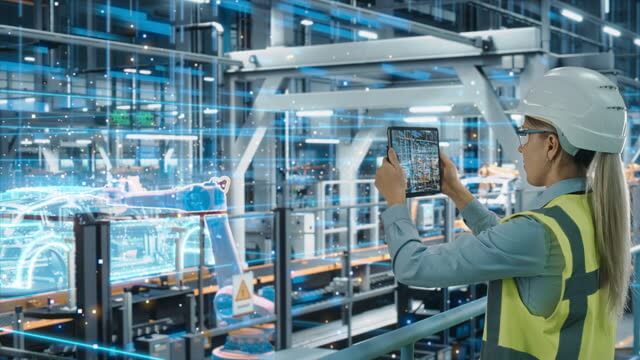In the fast-paced world of manufacturing, uptime is a prized commodity. Every minute of downtime can lead to lost revenue, production delays, and compromised customer satisfaction. For 24/7 manufacturing plants reliant on their Manufacturing Execution Systems (MES) to streamline operations, the importance of minimal downtime during upgrades or maintenance cannot be overstated. As an expert in the MES industry, I’m here to shed light on the challenges and potential solutions for achieving near-zero downtime upgrades in this critical domain.
The Significance of Near-Zero Downtime Upgrades
MES systems serve as the backbone of manufacturing plants, orchestrating production processes, tracking activities, and capturing vital data. Upgrading or maintaining these complex systems without causing interruptions poses significant technical challenges. However, near-zero downtime upgrades offer several crucial advantages:
• Uninterrupted Production: Many manufacturing plants operate around the clock to meet production targets and customer demands. Near-zero downtime upgrades ensure that the production process remains seamless, avoiding any potential disruptions that could lead to missed orders and decreased output levels.
• Cost Savings: Downtime can be costly, causing loss of revenue and increased operational expenses. By minimizing downtime during upgrades, manufacturers can save on unnecessary costs associated with production delays and inefficiencies.
• Continuous Process Improvement: MES systems play a vital role in identifying inefficiencies and bottlenecks in the manufacturing process. Near-zero downtime upgrades enable continuous analysis and optimization of operations for enhanced productivity and quality.
• Customer Satisfaction: Timely delivery of products is paramount to maintaining customer satisfaction. Prolonged downtime during upgrades can lead to order delays, negatively impacting customer relationships and potentially resulting in lost business opportunities.
Strategies for Achieving Near-Zero Downtime Upgrades
While achieving absolute zero downtime during MES upgrades may be unattainable, several strategies can significantly minimize downtime and its impact on production:
• High Availability and Redundancy: Implementing redundant hardware and distributed architectures ensures continuous system availability. During upgrades, the system can switch to backup components, reducing downtime to a minimum.
• Rolling Upgrades: Upgrade different components or modules of the MES system one at a time in a phased manner. This approach limits downtime to specific areas or functionalities, rather than affecting the entire system at once.
• Blue-Green Deployment: Maintain two identical environments – “blue” and “green.” Production traffic runs on one while upgrades are performed on the other. Once the upgrade is successful, switch the traffic to the upgraded environment.
• Containerization and Microservices: Adopting container-based architectures and microservices allows specific components or services to be updated independently, reducing the impact on the entire system.
• Virtualization and Snapshots: Virtualization technology can create snapshots of the current system state before the upgrade. If issues arise, the system can be quickly rolled back to minimize downtime.
• Live Patching: Some vendors offer live patching capabilities, enabling updates or changes to be applied to the system while it’s running, reducing the need for complete system restarts.
In the highly competitive manufacturing landscape, near-zero downtime upgrades for MES systems are imperative to ensure continuous production, data integrity, and customer satisfaction. Although achieving absolute zero downtime may remain elusive, adopting strategies like high availability, rolling upgrades, and containerization can significantly minimize downtime’s impact. As technology continues to advance, it is essential for manufacturers to stay up-to-date with the latest MES solutions and upgrade approaches, ensuring a smooth and efficient path towards a near-zero downtime future.




